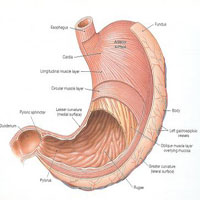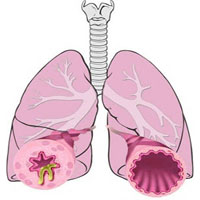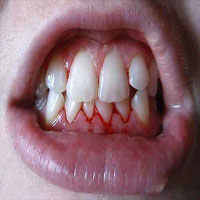Dyspepsia is a Greek originated word that means indigestion or difficulty in digestion. It is one among the most common ailments of the intestines (bowel). It has been estimated that atleast 20% of the people in the United States are affected by it. But only 10% of them actually seek medical attention for their problem. Dyspepsia is very commonly known as indigestion. This condition is frequently referred by doctors as non-ulcer dyspepsia. The term Dyspepsia means the difficulty in digesting food. It implies painful, disturbed or difficult digestion.
Almost one-fourth of the total adult population in US suffer with Dyspepsia. It is often defined as a recurrent or chronic discomfort identified in the upper abdomen and can be caused due to a variety of reasons. It is identified through a group of symptoms that arise from a problem in your upper gut. The tube which starts from the mouth and ends at the anus is called the gut. Feelings of undue heaviness after eating, abdominal pain, loss of appetite, heartburn, vomiting or nausea and gas or flatulence are the common symptoms of dyspepsia. Usually vomiting provides relief. Foul tastes in the mouth, foul breathe and coated tongue are few other symptoms. A sensation of strangling in the throat may also be experienced at times. The patients suffer from constipation in most cases of indigestion. There are main causes for dyspepsia but most of them are not clearly understood. Dyspepsia is mistaken for a psychosomatic disorder most often.
Dyspepsia is main caused by eating wrong food combinations, over eating, neglecting proper mastication, eating too rapidly, salivation of food , makes the work of the kidneys, liver, stomach and bowels harder. The poisons from the food are absorbed into blood which eventually poisons the entire body when the food putrefies. Certain foods when not cooked properly may cause dyspepsia. Intake of spicy food, rich and fried food, alcohol, excessive smoking, habit of eating and drinking both together, emotions like fear, anger and jealous, lack of exercise and insomnia form the other causes for dyspepsia. However recent studies have found out that the malfunctioning of the muscular activity of the small intestine or stomach or malfunction of the nervous system also might result in dyspepsia.
The yoga teacher training in Goa proposes the following yoga asanas for treating dyspepsia.
Pawana muktasana (The Knee to Chest execise)
Procedure
1. Lie down on a yoga mat. Exhale deeply and pause your breath. Lift your left leg, fold it at your knee and bring it up on to your stomach. Make your knee to touch your chin, while making the rest of the leg touch your chest. Push your leg downwards, so that the chest and stomach feel the pressure.
2. Lift your neck up and place your chin over your knee. Pause in this posture as long as you can pause your breath. Then breathe out gradually. Now straighten you leg and put your head back on to the ground.
3. Repeat the above steps with the right leg.
4. Repeat the same procedure with the both legs together.
5. Do this for three sets of repetitions.
Benefits
1. The stomach, intestines, spleen, urinary bladder and the liver receive good exercise as the stomach is subject to pressure and allowed to go relax alternately.
2. Aids in getting rid of constipation, release gas and flatulence and improves appetite.
Vajrasana
Procedure
1. Keep your knees together and sit down.
2. Bring both of your toes together keeping your heels apart and sit over them. Keep your hands straight over your knees.
3. Breathe normally keeping your spine erect. Release your hands and legs.
4. Now lie down on your back and stretch your legs forward keeping your hands at the back and relax.
5. Rest for 10 seconds and repeat the above steps.
6. Repeat this process twice.
Benefits
1. It prevents excess gas formation and ensures digestion.
Precautions
1. People suffering with knee pain should avoid this asana.










